
Asia-Pac's power, utility deal activity surged a whopping 43%
See which country topped the deal markets.
According Global power and utility (P&U) transaction activity shows signs of recovery with deal volumes reaching a three-year high of 398 total deals in 2013, with a value of US$125.4b, according to EY’s quarterly Power transactions and trends report.
These numbers represent growth of 30.1% in deal volumes and 4.1% in deal value respectively, compared to 2012.
Asia-Pacific saw significant activity with a 43% increase in deal activity and 15% increase in deal value. China dominated the transaction markets, leading both domestic and cross-border deals in the region.
Domestic consolidation, particularly in the gas T&D market, produced several megadeals in the region and domestic deals in the country accounted for over US$15b of deal value.
Regulatory and market reforms opens up transaction opportunities
Uncertainty in relation to the generation mix in Japan incentivized Japanese investors to pursue outbound investment in 2013 and attractive valuations and distressed assets have encouraged investors in both China and Japan to explore growth opportunities in developed markets.
While China’s largest utility picked up stakes in electricity T&D assets in Australia, Japanese investors were active in Europe, acquiring key regulated assets in the region.
Matthew Rennie, EY Global Transactions Power & Utilities Leader, comments “While we expect privatization programs in Oceania and consolidation in China to continue to contribute to deal activity in the region, we are carefully watching the deregulation of the Japanese utility sector, which may set the scene for revitalized M&A activity in the near to medium term.”
Infrastructure build-out and capacity expansion driving emerging markets investment
With the transformation agenda a key discussion point in boardrooms, 2013 saw a growing number of utilities looking beyond their primary markets and expanding their global footprints, with utilities increasingly exploring organic and inorganic growth options in the emerging markets of Turkey, Brazil, South Africa and Central and Southeastern Europe.
Much of the capital raised from divestments and cost cutting has been diverted to the emerging markets of Latin America and Eastern Europe.
Utilities are also increasingly extending their exposure to new areas such as energy efficiency and energy management services, to consolidate existing market shares and focus on new areas where higher returns can be achieved.
Rennie comments: “Capital mobility will be an essential driver of transactions during 2014 as companies looking to diversify away from markets with excess capacity and low returns shift their focus towards emerging and reforming markets. We expect Africa, Japan, the Gulf States and South America to be focus areas for cross-border investors.”


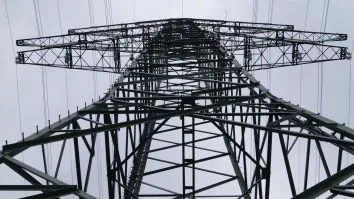
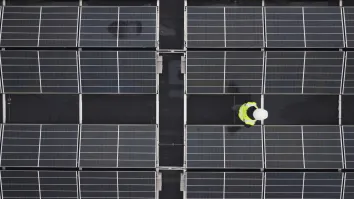
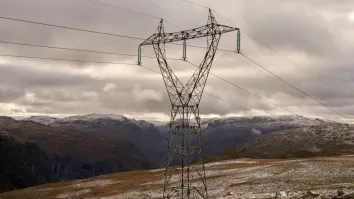

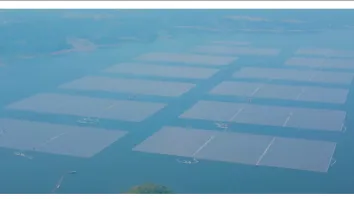
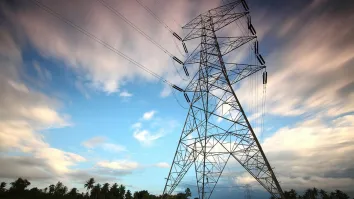
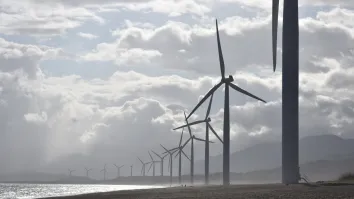



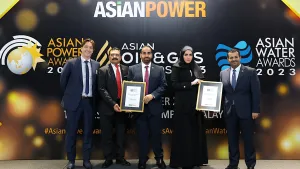
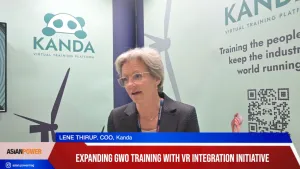





 Advertise
Advertise






